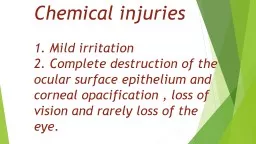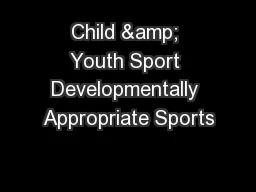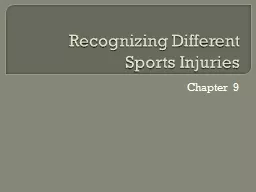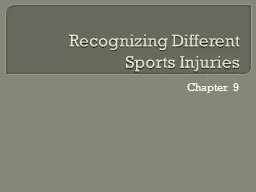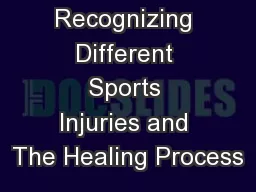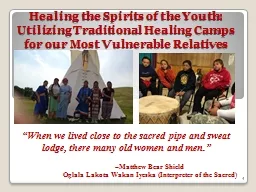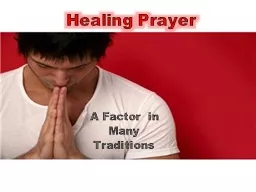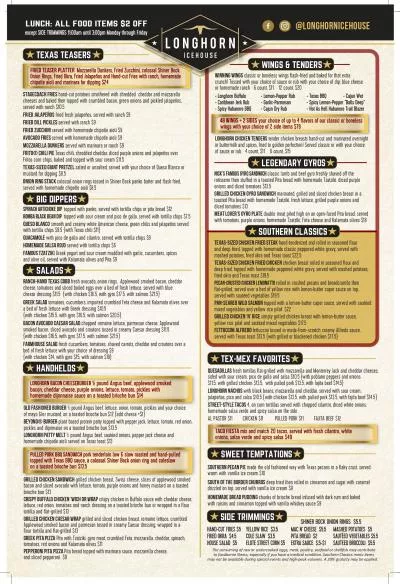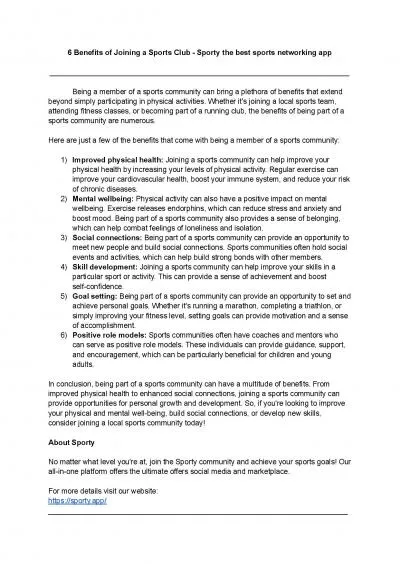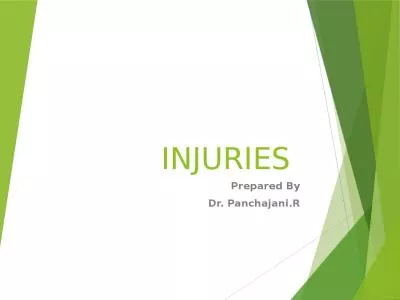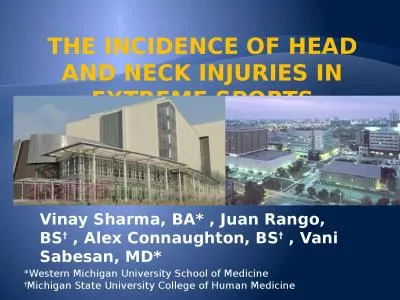PPT-Recognizing Different Sports Injuries and The Healing Process
Author : natalia-silvester | Published Date : 2019-12-17
Recognizing Different Sports Injuries and The Healing Process Key Terminology Swelling Enlargement of organs skin or other body parts Caused by the build up of
Presentation Embed Code
Download Presentation
Download Presentation The PPT/PDF document "Recognizing Different Sports Injuries an..." is the property of its rightful owner. Permission is granted to download and print the materials on this website for personal, non-commercial use only, and to display it on your personal computer provided you do not modify the materials and that you retain all copyright notices contained in the materials. By downloading content from our website, you accept the terms of this agreement.
Recognizing Different Sports Injuries and The Healing Process: Transcript
Download Rules Of Document
"Recognizing Different Sports Injuries and The Healing Process"The content belongs to its owner. You may download and print it for personal use, without modification, and keep all copyright notices. By downloading, you agree to these terms.
Related Documents


